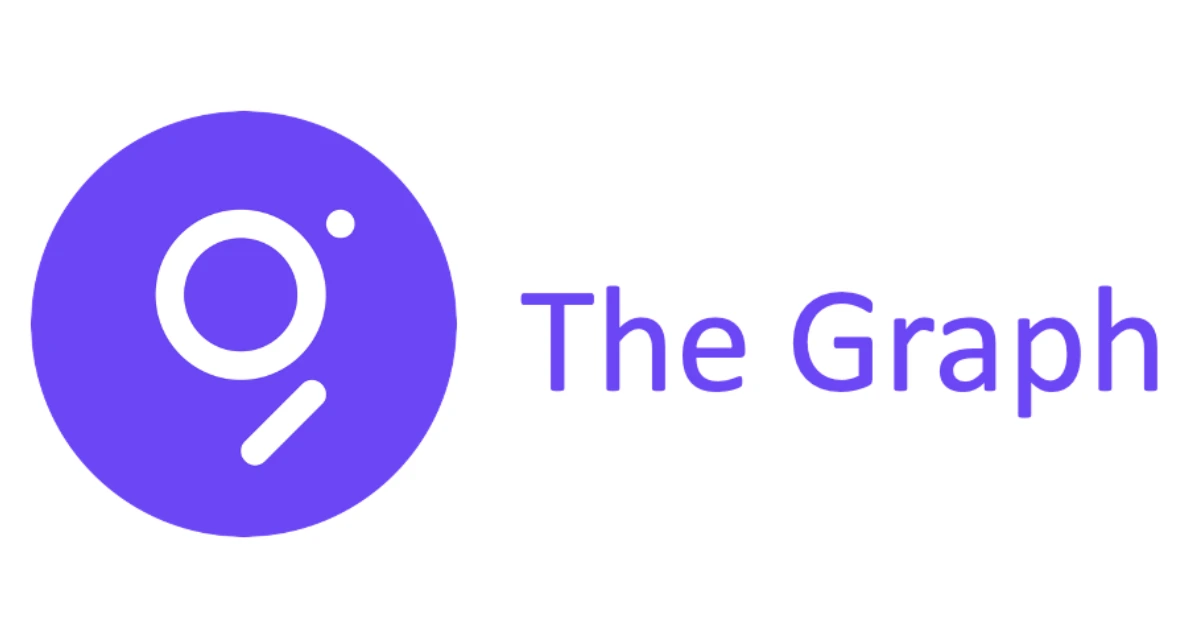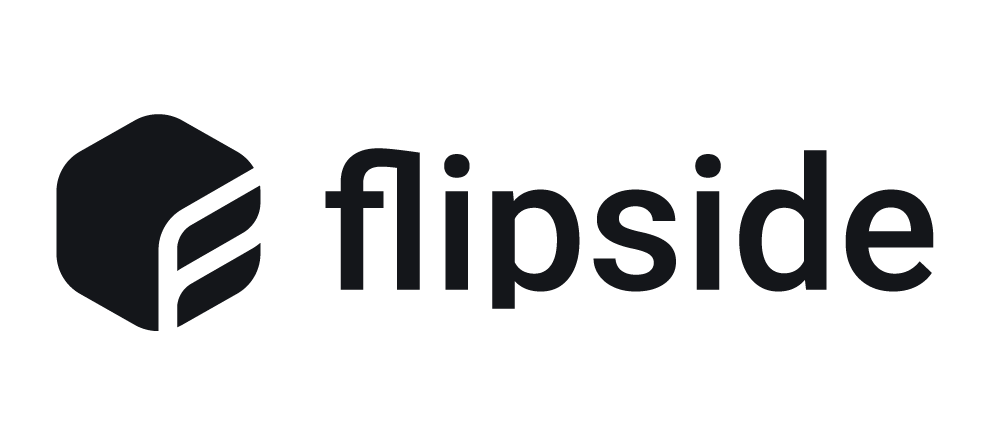
Subgraph
A decentralized indexing protocol that organizes blockchain data and makes it easily accessible via GraphQL.
Overview
The Graph is a decentralized indexing protocol designed to organize blockchain data and make it easily accessible for developers through GraphQL queries. It eliminates the need for developers to run their own data servers or build complex indexing infrastructure by providing a globally distributed network of indexers, curators, and delegators who maintain and serve data. This approach enables applications to query blockchain data quickly and reliably, with uptime exceeding 99.99%.
Developers create or use existing subgraphs—custom APIs that define how to index and organize smart contract data. These subgraphs can be queried with simple GraphQL syntax, allowing frontend applications to load blockchain data in milliseconds. The Graph supports a wide range of use cases including decentralized finance (DeFi), non-fungible tokens (NFTs), decentralized autonomous organizations (DAOs), analytics, and gaming.
What sets The Graph apart is its decentralized data marketplace and ecosystem, which reduces infrastructure costs by 60-98% compared to running proprietary indexing solutions. Its open network model allows anyone to participate as an indexer, curator, delegator, or developer, fostering a collaborative environment. Tens of thousands of developers and over 75,000 projects rely on The Graph, which has served over 1.27 trillion queries across multiple blockchain networks. Getting started involves creating or discovering a subgraph, querying it with GraphQL, and integrating the data into your application with minimal setup.
The Problem
Accessing and organizing blockchain data is complex and resource-intensive, requiring developers to build and maintain costly indexing infrastructure. Without standardized indexing, querying blockchain data is slow and inefficient, hindering the development of responsive decentralized applications.
The Solution
Key Features
Subgraph Alternatives
Explore web3 competitors and apps like Subgraph.

Studio
Pricing
Hosted Service | Decentralized Network | |
|---|---|---|
| Price (Monthly) | Free | Custom pricing |
| Price (Annual) | Free | Custom pricing |
| Messaging | N/A | N/A |
| Support | Community support via Discord and GitHub | Community and protocol governance support |
| Analytics |
Start Building Now
Reliable RPC, powerful APIs, and zero hassle.
Resources
The Graph provides extensive documentation, tutorials, blog posts, and video content to help developers get started with building and querying subgraphs. The community forum and Discord offer active support channels.


















